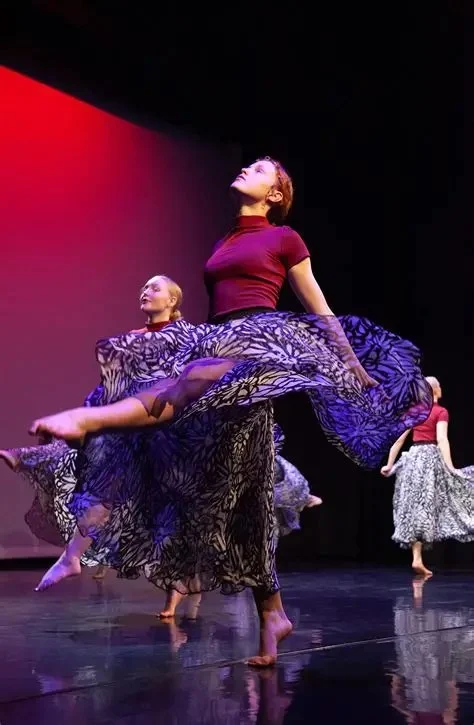
The Role of Dance in Political and Social Movements
- Introduction: Dance and Activism
- Dance as a Form of Protest
- Historical Examples of Dance in Social Movements
- Why Dance is Effective in Social Movements
- Modern-Day Dance and Activism
- Getting Involved: How to Use Dance for Change
Introduction: Dance and Activism
Dance is often seen as an art form, a way of expressing joy, sorrow, or simply the rhythm of life. But throughout history, it has also been a powerful tool for political and social movements. From the civil rights era to today’s social justice struggles, dance has played a significant role in uniting communities, spreading messages, and even challenging political structures. In this article, we will explore how dance functions as a form of protest and activism, and why it has become an essential part of many social movements.
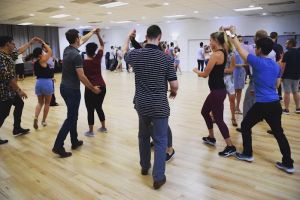
Arlington Ballroom LLC / arlington ballroom
ArlingtonArlington CountyVirginia
5130 Wilson Blvd, Arlington, VA 22205, USA
Dance as a Form of Protest
Dance has always been more than just entertainment—it has been a means of expressing resistance and dissent. The use of dance as a protest tool goes beyond performing for an audience; it is about using the body to communicate messages that words alone often cannot. Dance can evoke emotions, challenge authority, and bring communities together, making it a perfect medium for activism.

Virginia Ballet Company & School / virginia ballet company
5595 Guinea Rd, Fairfax, VA 22032, USA
1. Dance as Non-Verbal Communication
One of the reasons dance is so effective in social and political movements is that it transcends language. It’s a universal form of communication that can cross cultural, linguistic, and national barriers. Whether through a protest dance or a flash mob, the act of dancing can convey powerful messages without uttering a single word.
2. Dance as a Tool for Solidarity
In social movements, dance often serves as a symbol of solidarity. It brings people together in shared action, creating a sense of unity and collective purpose. This is evident in movements such as the anti-apartheid protests in South Africa, where dance and song played a significant role in rallying support and strengthening community ties.
Historical Examples of Dance in Social Movements
Throughout history, dance has played a key role in various political and social movements. Here are a few historical examples where dance was used to promote change:
1. The Civil Rights Movement
During the American Civil Rights Movement in the 1950s and 1960s, dance was used as a form of protest and unity. One iconic example is the "freedom songs" and dances performed during marches and sit-ins. The dances served as both expressions of resilience and acts of defiance against segregation and racial injustice. The movements were not just about the physicality of the dance but about making a political statement that resonated with the African American community and its allies.
2. The Dance of the Zapatistas
In the 1990s, the Zapatista Army of National Liberation (EZLN) in Chiapas, Mexico, used traditional dances as a part of their resistance against government oppression. The dances symbolized unity and solidarity among indigenous groups and were used to assert cultural identity. By blending dance with political action, the Zapatistas communicated resistance in a way that resonated deeply within their community.
3. Flash Mobs and Political Protest
In the early 2000s, flash mobs began to emerge as a popular form of protest. These spontaneous gatherings of people performing choreographed dances in public spaces often carried political messages or drew attention to social issues. One example is the use of flash mobs during the Occupy Wall Street movement, where dance was used to engage passersby and draw attention to issues of economic inequality.
Why Dance is Effective in Social Movements
There are several reasons why dance is so effective in political and social movements. Its ability to unite people, communicate non-verbally, and captivate an audience makes it an invaluable tool for activists:
1. Emotional Power
Dance can evoke strong emotions, making it a powerful tool for conveying the passion and urgency of a movement. The movements and rhythms in dance can stir feelings of hope, solidarity, and resistance, all of which are essential for building momentum in social movements.
2. Accessibility
Dance is a universal language that doesn’t require any special training to participate in. It can bring together people from different backgrounds, social classes, and cultures. In protest movements, this accessibility makes it easier for large groups of people to join in and express their support.
3. Visibility
Public performances and protests often attract attention, especially when they involve creative or unexpected elements like dance. This visibility can be crucial for raising awareness about a cause, engaging media outlets, and motivating people to take action. The visual impact of a dance protest can be much more compelling than traditional forms of protest, drawing a larger crowd and increasing media coverage.
Modern-Day Dance and Activism
Today, dance continues to be a vital part of political and social movements worldwide. In the digital age, dance has found new platforms on social media and in online activism, where viral dance challenges can quickly draw attention to important causes. Dance also remains a key component of protests, from the streets of Hong Kong to the feminist movements in Latin America.
1. Dance Challenges on Social Media
One of the most notable trends in modern-day activism is the rise of viral dance challenges on platforms like TikTok. These challenges have been used to spread awareness about social justice issues, from racial inequality to climate change. The "Black Lives Matter" dance challenge, for example, helped amplify the movement’s message, particularly among younger generations who are active on social media.
2. Dance and Feminist Movements
Dance has also played a significant role in feminist movements around the world. The "Ni Una Menos" (Not One Less) movement in Latin America used public dance performances to raise awareness about gender-based violence and the need for legal reforms. The dance performances often involved large groups of women who gathered in public spaces, chanting and dancing to express their demands for justice.
Getting Involved: How to Use Dance for Change
If you’re inspired by the idea of using dance as a tool for social change, there are many ways to get involved. Start by exploring local dance collectives or activist groups that use dance as a form of expression and protest. Whether you’re an experienced dancer or just someone who enjoys movement, there are numerous opportunities to participate in community-based dance projects or contribute to larger-scale political movements.
For those interested in learning more about dance and activism, Creative Edge Dance Studio offers classes that integrate movement with social justice causes. Join us to explore how dance can be used as a powerful tool for change in your community.
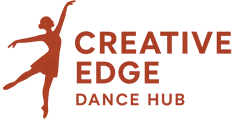
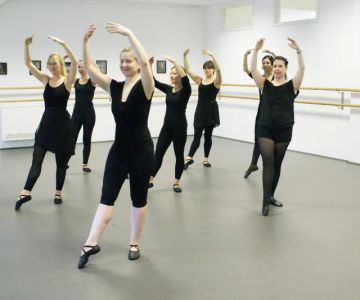
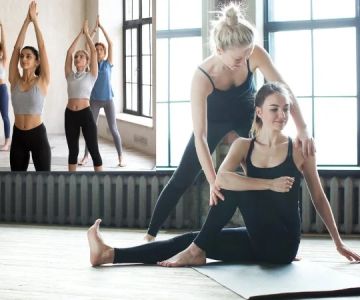
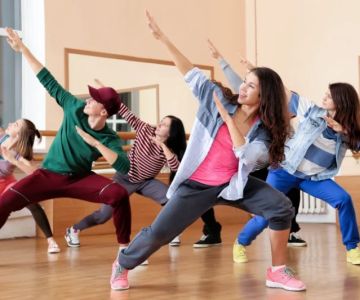
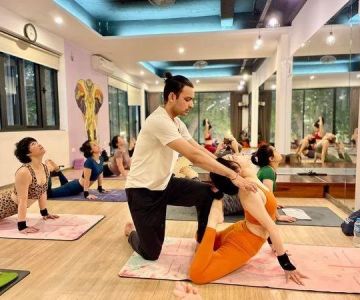
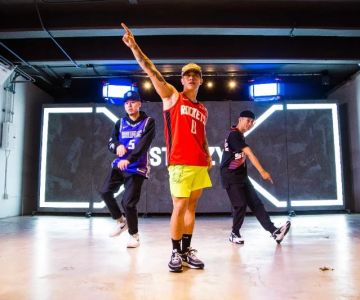
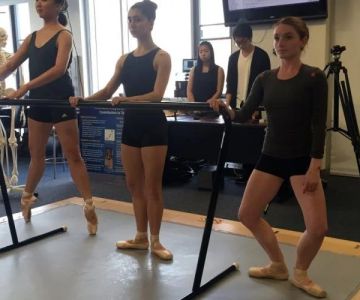
 PoleFit Carolinas - Voted Best with Two Locations to Serve You4.0 (38 reviews)
PoleFit Carolinas - Voted Best with Two Locations to Serve You4.0 (38 reviews) Step 1 Dance 2 Academy4.0 (11 reviews)
Step 1 Dance 2 Academy4.0 (11 reviews)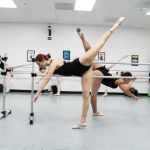 Showcase Dance Studio4.0 (43 reviews)
Showcase Dance Studio4.0 (43 reviews)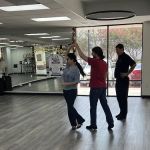 Dance Vision Studios-Memorial5.0 (18 reviews)
Dance Vision Studios-Memorial5.0 (18 reviews) Shall We Dance: Summersville Gymnastics Center0.0 (0 reviews)
Shall We Dance: Summersville Gymnastics Center0.0 (0 reviews)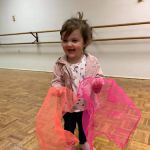 Workshops In Dance5.0 (7 reviews)
Workshops In Dance5.0 (7 reviews)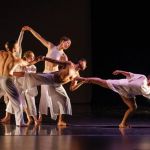 The History of Contemporary Dance in the US: Evolution and Influence
The History of Contemporary Dance in the US: Evolution and Influence How to Transition from Dance Classes to Social Dancing: A Complete Guide
How to Transition from Dance Classes to Social Dancing: A Complete Guide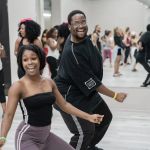 How to Find a Dance Class with a Live Band – Discover the Best Dance Experiences
How to Find a Dance Class with a Live Band – Discover the Best Dance Experiences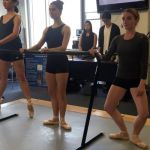 What is Dance Kinesiology? Understanding the Science of Movement
What is Dance Kinesiology? Understanding the Science of Movement The Best Dance Styles for Stress Relief and Relaxation - Move, Breathe, and Unwind
The Best Dance Styles for Stress Relief and Relaxation - Move, Breathe, and Unwind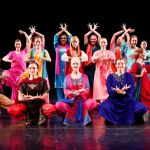 The Role of Festivals in the Dance Community Culture
The Role of Festivals in the Dance Community Culture